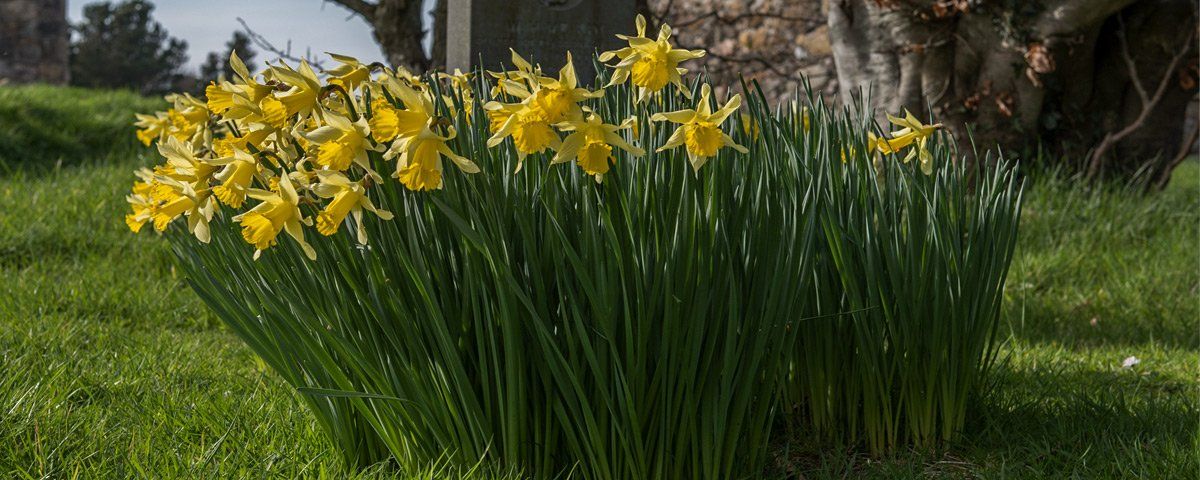Another interesting location is Limavady Workhouse, visually impressive this hauntingly beautiful piece of architecture which dates back to 1842. It was built in response to the Irish Poor Law Act of 1838 created to relieve destitution of the poor. The Irish Act followed a similar Acts in England and Wales where Poor Law Unions were formed to set up workhouses in their areas. The Newtown Limavady Poor Union was formed in 1839 and covered an area of 240 square miles. The town dropped the Newtown from its title in 1870. The workhouse was designed by George Wilkinson who originated in Oxfordshire, he had been invited to Ireland in 1839 by the Poor Law Commission after building 24 workhouses in England.
The workhouse was open right up to 1930 when the remaining residents were transferred to Coleraine, the building then became the Roe Valley Hospital from 1937 to 1997. Today it is occupied by the Limavady Community Development Initiative and you can get a guided tour around the building on request, within are some fascinating displays and stories relating to life in and around the workhouse. There are also stories of hauntings and ghosts being seen in and around the site. Jimmy Curry, the blind fiddler who is credited with playing the lament that Jane Ross overheard, which later became the air ‘Danny Boy’ or ‘Londonderry Air’, in his latter years lived and died in the workhouse. He is buried in an unmarked grave in Tamlaghtfinlagan Church at Ballykelly.



